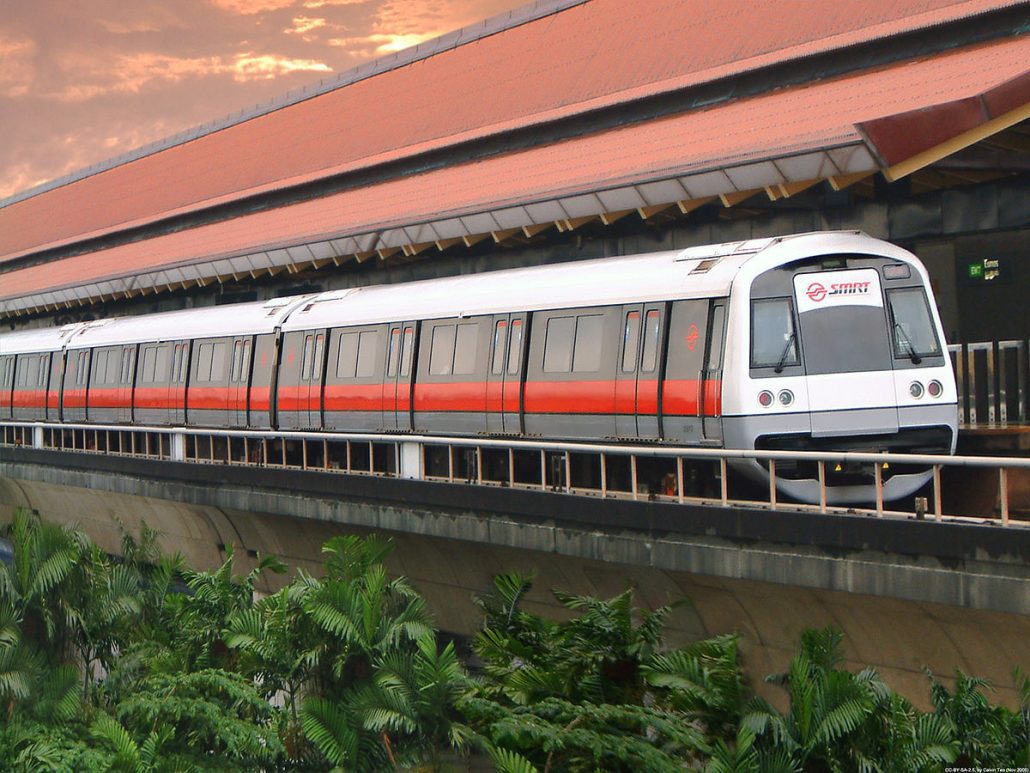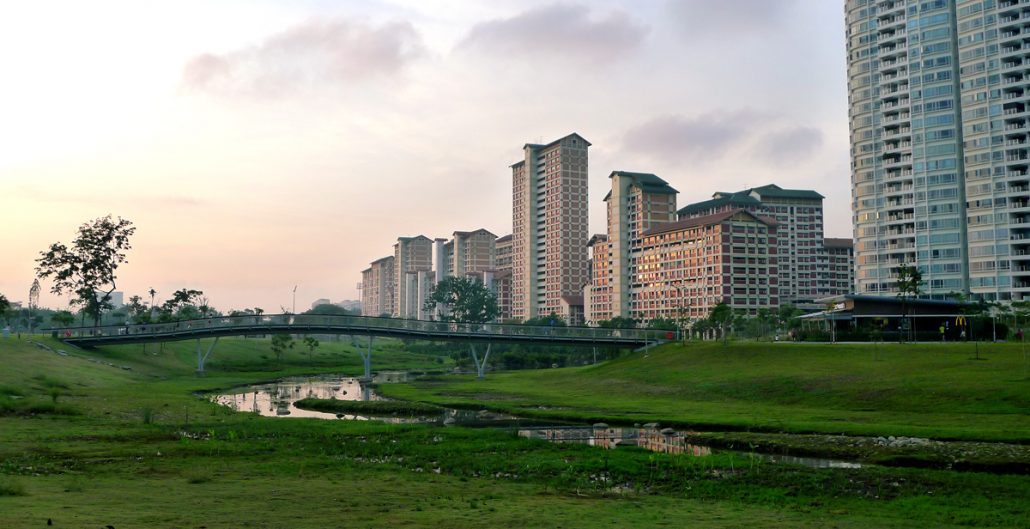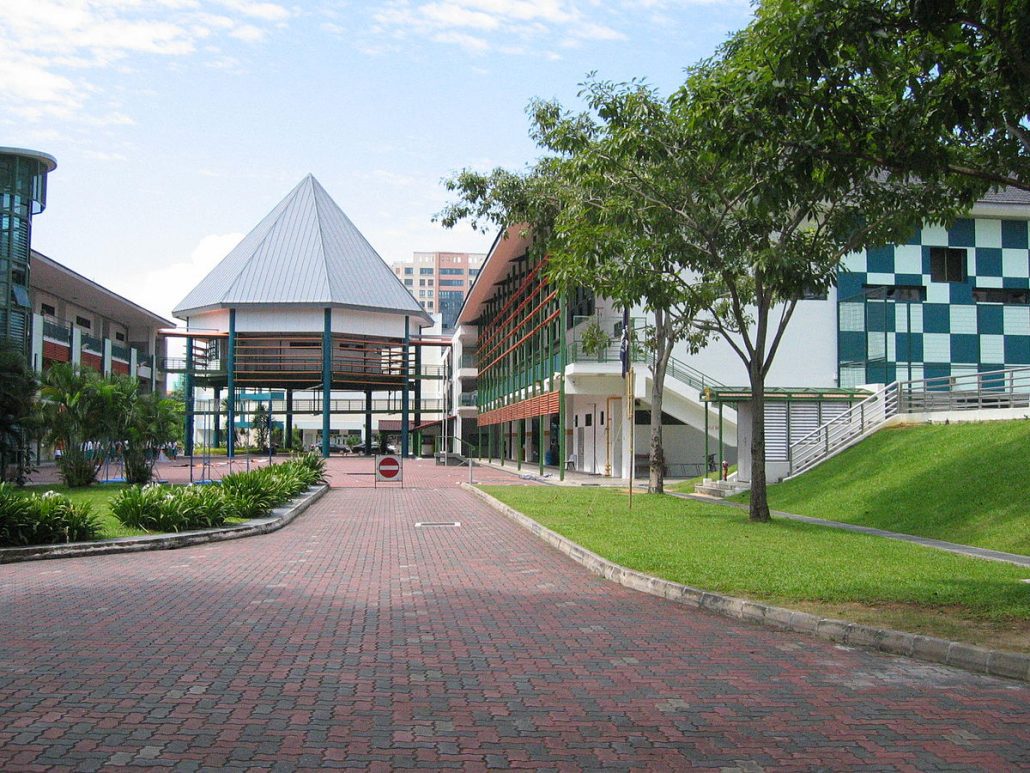With the government offering a variety of housing grants to first-timer and second-timer applicants of Build-to-Order (BTO) as well as the availability resale flats, you may already be on the lookout for a flat to purchase. With that, a crucial question you might ask yourself is “where should my house be located?”.
In real estate, one would be familiar with the saying “location, location, location”; which suggests that when purchasing or investing in properties, more focus should be on location than a property’s physical attribute, tenure or the current stage of the real estate market. Location is important as it is likely to have a positive impact on a property’s future value.
What makes a location favourable when purchasing or investing in residential properties depends on the proximity to key employment centers and surrounding amenities. What then, are the amenities your property should be in close proximity to?
In a recent uproar over the erection of a columbarium near a BTO project, Fernvale Lea, would-be residents were concerned that the proximity of the columbarium to their estate would cause traffic congestion and drive down the resale value of their homes.
Since columbaria should be avoided, here are 3 amenities you would want your house to be located close to:
-
MRT Stations
Proximity to transportation nodes is one of the key determinants of the value of residential properties. With the Land Transport Authority (LTA) outlining its plans to double the rail network from 178km to around 360km by 2030, this phenomenon is especially true in Singapore.
In a study conducted by researchers from the National University of Singapore (NUS), it was found that the inception of a new urban rail line increases the value of non-landed private homes located within 600 metres of the MRT stations by 6.3%. It was further proven that properties near interchanges have an additional 4% premium. The study also suggested that the announcement of the location of new stations has an insignificant impact on the values of properties close to the proposed stations.
The degree of impact however, may vary depending on the connectivity of the area, current price levels of other developments within the vicinity and the type of properties in the area. For example, it can be expected that landed homes which are extremely close to proposed MRT stations see a smaller price appreciation due to the reduction of privacy and exclusivity from human traffic.
While the above analysis is applicable to neighborhoods within the Outside Central Region (OCR), the opening of a new MRT station is less likely to affect the value of a property in or near the Core Central Region (CCR). Any premium commanded is probably due to the property’s prime location.
As properties close to or within the CCR tend to be better connected through a myriad of MRT and bus networks, new MRT stations mean little if there are already several alternative routes. Additionally, the demographic of people living in or around the CCR is likely to be more affluent thus private transportation may be their primary mode of transport.
Though living near a transport node may boost your property’s value, it does not come without consequences. Properties located close to MRT stations are exposed to higher noise and air pollution due to the presence of train tracks. This is evident in properties near stations along the North-South and East-West lines.
-
Green Spaces
The impact of green spaces on values of surrounding properties has been a debatable topic for a long time. While the conventional answer may be that green spaces positively impact surrounding properties by increasing their values, there are hardly any studies conducted on this topic in Singapore’s context.
It was proven in a study that after 18 years of the construction of Central Park in New York, surrounding property values increased by a whopping 800%; contrasted with a 100% increase without the park. Similarly, in the United Kingdom, buyers are willing to pay a substantial premium of 85% for a property close to London’s Hyde Park.
With the Urban Redevelopment Authority (URA) having plans to provide around 0.8 hectares of green space for every 1,000 persons by 2030, developers may shy away from building near green spaces should these spaces not have a positive impact on surrounding developments.
Nevertheless, if you compare prices of non-landed private properties situated near green spaces, you would see a price hike. Before URA announced its plans to develop the Jurong Lake District in 2008, condominium units surrounding the lake transacted at around an average of SGD750psf in 2007. However, in 2017, similar units transacted at higher average of SGD1,055psf.
Hence, the increase in resale prices can serve as an indicator that green spaces have the potential of improving property values.
-
Schools
There are several phases to the Ministry of Education’s primary school allocation system. Most commonly known are phases 2B and 2C where priority is given to children living close to the school. The distance-based rules assign spots sequentially to children living within a 1km radius of the school, followed by children living between 1km and 2km from the school.
As Singaporeans are known for being kiasu, parents are likely to look for homes in close proximity to good schools, since it may increase the likelihood of their children being enrolled in the school.
Economically, prices of homes around top-ranking primary schools should increase or command a premium given the increase in demand for them. This theory was proven to be true in a joint study conducted by researchers from NUS. It was found that homes located within a 2km radius of sought-after primary schools commanded large price premiums.
This phenomenon is not unusual as in Beijing, China, a study revealed that houses located within the attendance zone of key primary schools fetched a premium of 7.2%.
Despite the favourability of a price premium, it was found that in more compact Housing Board estates, Singaporean families living within a 200m radius of schools are more likely to be affected by negative externalities associated with the presence of the school such as noise and congestion.
Whether you are looking for a property to invest or reside in, these are three amenities that have the potential to boost your property’s value. It is also vital to consider non-tangible factors like upcoming developments in the area, as this too will have an impact on your property’s future value.
Want to find the best mortgage rate in town? Check out our free comparison service to learn more!
Read more of our posts below!




